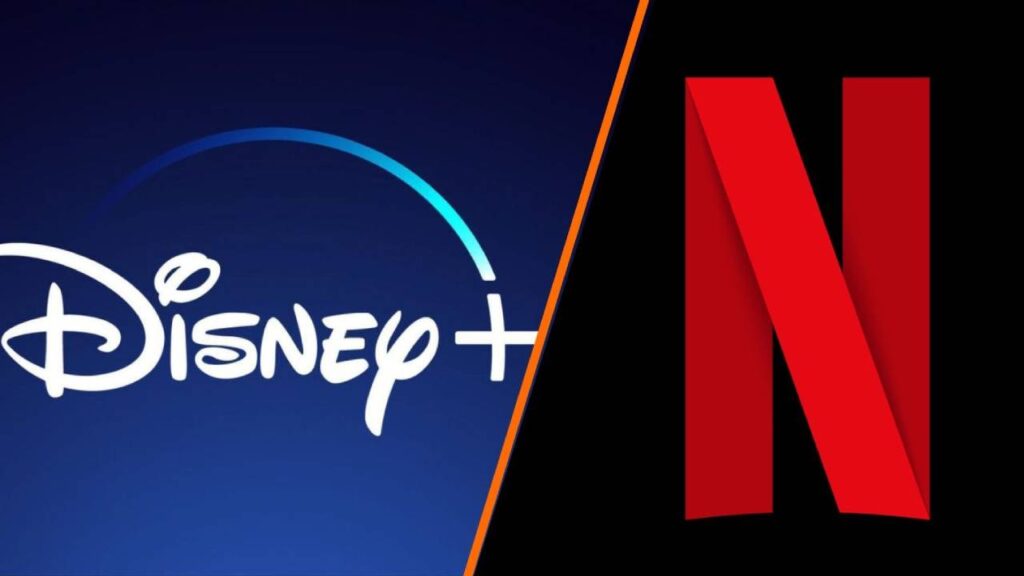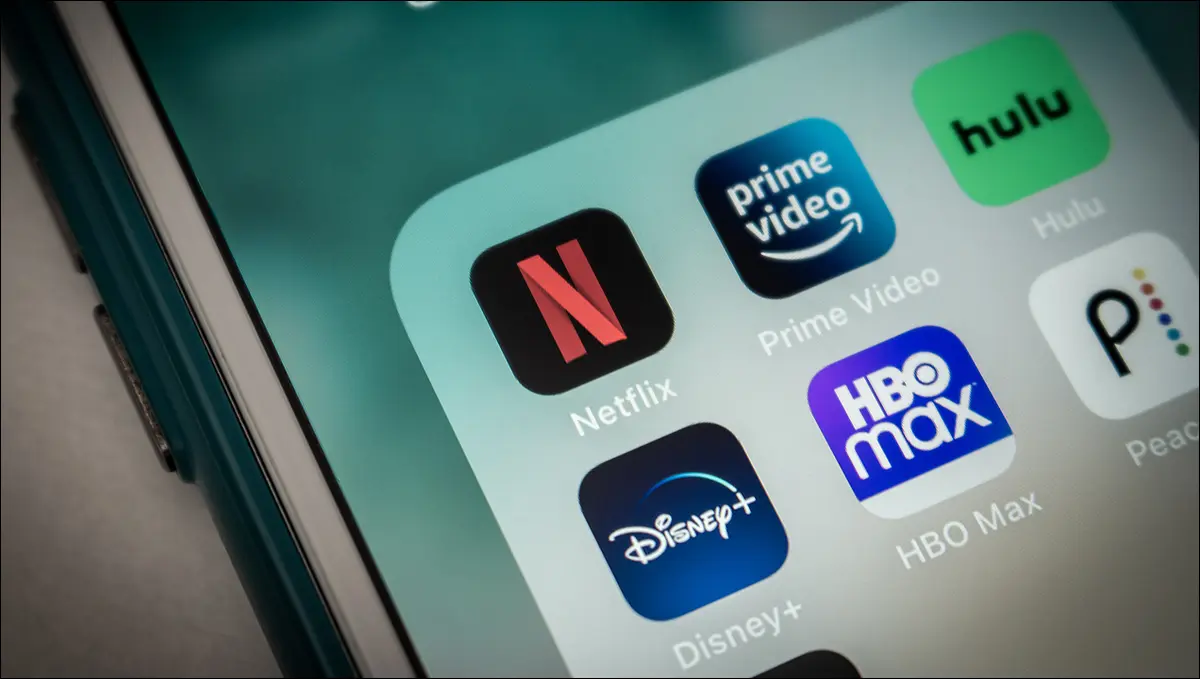Are you wondering how much time you are wasting on ads while streaming? With the rise of streaming services that offer ad-supported tiers, it’s important to keep track of the amount of ads that come with these services. In this blog post we will compare conventional broadcast and cable TV to streaming services and discuss the pros and cons of using ad-supported services. Read on to learn more about how much time to expect to spend watching commercials while streaming your favorite shows.
Should You Choose Ad-Supported Streaming? A Time Comparison
With the rise of streaming services offering ad-supported tiers, many wonder how much time they’re wasting on ads. While the increase in advertising for streaming services may not be ideal, it’s nowhere near as bad as regular broadcast and cable TV.

Average regular tv With 18-23 minutes of commercials per hour, this means 35% of every hour of TV viewing is spent watching commercials. That’s in stark contrast to streaming services, which typically run an industry average of 4 minutes of commercials per hour. This means that for each hour Streaming, you only waste 7% of your time on ads.
It’s important to remember that streaming services start small with their ad-supported tiers, and as more people opt for these cheaper options, the number of ads will likely increase. However, even with 4 minutes of commercials per hour, the streaming service is still a better bet normal tv. For example, if you watch a 30-minute TV show on regular TV, you’ll only see 22 minutes of the actual content due to commercial breaks. You can watch three full episodes in almost an hour on the ad-free streaming service.
When considering whether to use an ad-supported streaming service, it’s important to consider the amount of time you’ll be spending on ads. For example, if you watch two hours of Hulu every day for a month, you will watch four hours of commercials.
If there is a difference It’s $7 to squeeze a streaming subscription into your budget, and it might be worth it to put up with the ads. But if paying an extra $7 per month isn’t an issue, spending the extra money to get four hours of time and content might be worth it. In the end, it’s all about finding a balance between cost and convenience.














